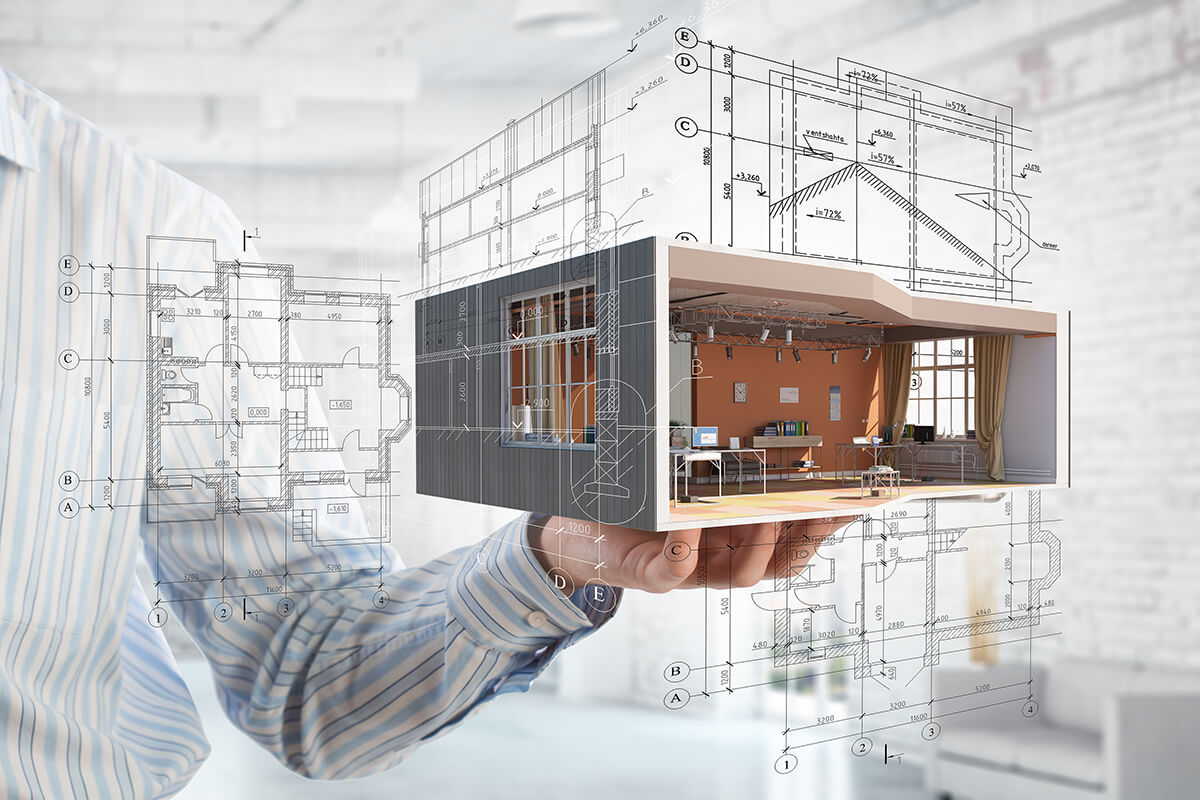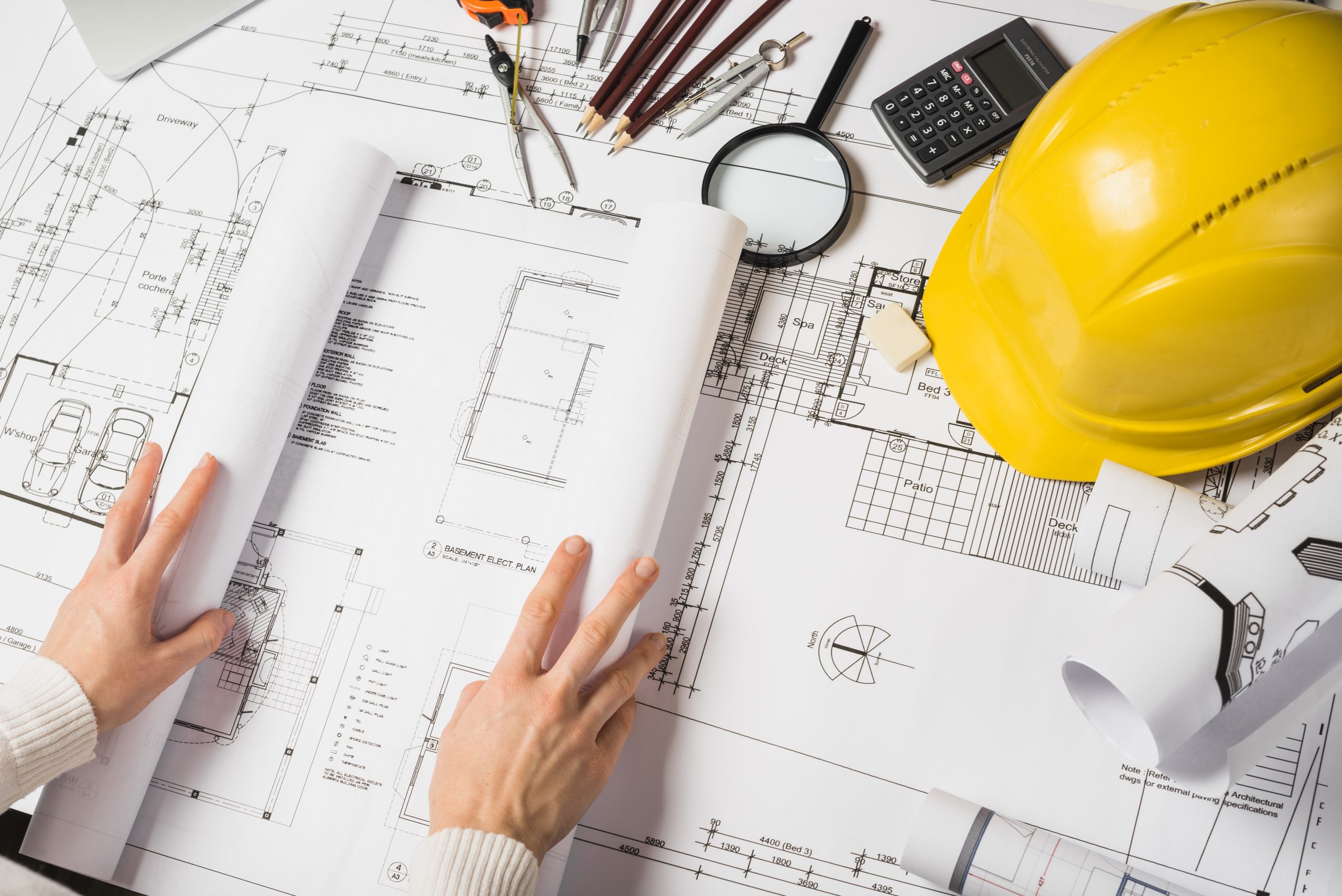Architect Recommended Tools for 3D Modeling
Architect Recommended Tools for 3D Modeling
Blog Article
Comprehending the Diverse Career Paths Available for Aspiring Architect
As an ambitious Architect, you have a globe of career paths waiting for you. Whether you're attracted to traditional architecture or the subtleties of sustainable layout, there's a niche that straightens with your rate of interests.
Traditional Architecture: Designing Structures and Frameworks
Standard style concentrates on creating structures and frameworks that mix performance with visual appeal. As you discover this area, you'll appreciate the complex balance in between form and function. You'll find out to draw motivation from historic styles, including components like balance, materials, and craftsmanship. Your styles can show social heritage, showcasing neighborhood customs while fulfilling contemporary demands.
You'll create skills in preparing, model-making, and site analysis, allowing you to picture and interact your concepts efficiently. Engaging with customers, you'll require to comprehend their vision and translate it right into practical designs.
Additionally, building codes and sustainability techniques are essential in your work, ensuring your frameworks are safe and environmentally pleasant. As you expand in your career, you'll discover chances in household, industrial, or perhaps restoration projects, each offering unique challenges. Accepting traditional design leads the way for a meeting job that pays tribute to the past while shaping the future.
Urban Planning: Forming Communities and Public Spaces
As an aspiring Architect, you can play a vital role as a metropolitan planner, changing how neighborhoods connect and function. By using neighborhood engagement techniques, you'll assure that locals have a voice fit their atmosphere. Plus, incorporating lasting layout principles will certainly assist develop rooms that not only satisfy today's demands but also secure the future.
Function of Urban Planners
While lots of could think of engineers as the sole visionaries behind structures, metropolitan organizers play a necessary role in forming the wider landscape of communities and public areas. By collaborating with numerous stakeholders, you'll help create parks, transport systems, and household locations that promote social communication and availability. Your know-how in spatial layout and neighborhood characteristics enables you to envision future development while maintaining cultural heritage.
Area Interaction Approaches
Reliable community interaction techniques are vital for metropolitan organizers to assure that the voices of citizens are heard and valued in the preparation procedure. To cultivate meaningful discussion, you must focus on open discussion forums and workshops where neighborhood members can express their ideas and concerns. Use surveys and social media sites to reach a broader target market, making sure varied viewpoints are consisted of. Working together with local organizations can improve trust fund and help with much deeper connections. It is essential to give clear details concerning proposed jobs and decision-making procedures, enabling homeowners to feel educated and encouraged. By proactively paying attention and including responses, you'll create spaces that mirror the community's requirements, inevitably resulting in more lasting and effective urban settings. Embrace openness and continuous discussion for long-term effect.
Sustainable Design Concepts
When creating metropolitan spaces, incorporating lasting layout principles is vital for producing atmospheres that flourish both environmentally and socially. You need to begin by concentrating on energy performance, making use of products that minimize waste and advertise recycling. Consider integrating green areas, like yards and parks, to enhance biodiversity and boost air top quality. Promoting walkability and public transportation can reduce reliance on autos, promoting a much healthier community.
Creating with water conservation in mind is also vital-- think regarding rainfall gardens and absorptive surfaces to manage stormwater. Entailing community participants during the planning procedure assurances that the rooms you develop satisfy their needs and motivate social communication. By accepting these principles, you'll add to vivid, lasting city landscapes that profit everyone.

Landscape Style: Producing Lasting Exterior Settings
As you check out landscape style, you'll find crucial style concepts that produce useful and stunning exterior rooms. Sustainable methods play a vital function in making sure these atmospheres flourish while reducing environmental effect. And also, you'll discover a selection of occupation possibilities that allow you to make a real distinction in how people engage with nature.
Layout Principles in Landscape
Recognizing style concepts in landscape design is vital for creating lasting exterior atmospheres that harmonize with nature. You'll need to ponder aspects like percentage, equilibrium, and range to assure your designs feel cohesive and welcoming. Additionally, pay attention to seasonal modifications, making with products that enhance the environments year-round.
Sustainable Practices Overview
Sustainable methods in landscape architecture not just focus on aesthetics however additionally prioritize environmental health and wellness and resource preservation. By incorporating indigenous plants, you boost biodiversity and reduce the requirement for visit chemical plant foods and chemicals. Implementing effective watering systems helps conserve water and minimizes overflow, protecting nearby communities. You can create rooms that promote soil health, such as using natural products and exercising permaculture concepts. In addition, including eco-friendly facilities, like rainfall gardens and porous pavements, aids in stormwater management and reduces metropolitan heat. You add to a healthier planet and supply spaces that cultivate community connection when you develop outdoor atmospheres with sustainability in mind. Inevitably, these practices guarantee your designs profit both people and the environment for several years to find.
Job Opportunities Exploration
With a strong structure in lasting techniques, landscape architecture offers a variety of profession courses that enable you to make a purposeful influence on the setting. Urban planners often team up with landscape engineers to produce environment-friendly spaces in metropolitan settings, improving city livability. If you're enthusiastic regarding education and learning, think about ending up being a landscape design educator, motivating future generations.
Sustainable Style: Concentrating On Eco-Friendly Practices
As you explore your occupation in style, embracing eco-friendly techniques can establish you apart in a competitive area. Sustainable style focuses on creating buildings that reduce ecological impact while boosting passenger well-being. By including sustainable materials, energy-efficient systems, and sustainable building methods, you'll add to a greener future.
Start by gaining understanding of green accreditations like LEED or BREEAM, which can strengthen your credentials. Take into consideration exactly how natural light, air flow, and thermal performance can enhance layout. Work together with engineers and ecological professionals to innovate remedies that decrease waste and conserve sources.
Don't neglect the relevance of area participation-- engaging regional stakeholders can inspire styles that balance with the environment. As customers increasingly focus on sustainability, your competence in eco-friendly methods will certainly not just draw in jobs yet likewise fulfill your interest for accountable style. Welcome this important facet of the occupation, and see your job flourish.
Historic Preservation: Securing and Bring Back Cultural Heritage
While you begin on your building journey, take into consideration the essential function of historical conservation in maintaining our cultural heritage. This area concentrates on the protection and repair of substantial structures, sites, and frameworks that tell the stories of our past. By participating in historical conservation, you'll aid protect the building legacy that shapes community identification.
As a historic conservation Architect, you'll evaluate historical significance and examine the problem of structures. You'll function very closely with preservationists and chroniclers to guarantee authentic reconstruction techniques are employed. This job course allows you to blend imagination with study, enabling you to make services that appreciate original materials and craftsmanship.
Your work not just adds to sustainability by recycling existing structures however additionally cultivates a feeling of satisfaction within neighborhoods. Welcoming this path will aid you become a guardian of history, maintaining the tales and visual appeals that enrich our lives.
Inside Style: Enhancing Indoor Spaces
Historical preservation published here and indoor style both share a dedication to boosting the built setting, yet they focus on different facets. While historical conservation highlights preserving a framework's social and historical worth, indoor style nos in on optimizing interior rooms for functionality and aesthetics.
As an ambitious Architect, you'll find that indoor architecture allows you to blend creative thinking with technological skills. You'll develop rooms that not just look excellent yet likewise advertise convenience and performance. This area includes recognizing how light, shade, and products interact within a space, impacting mood and functionality.
You'll deal with various projects, from property homes to business offices, making sure that each setting satisfies the requirements of its passengers. By prioritizing user experience, you can transform interiors right into functional and motivating areas, making a substantial influence on exactly how individuals communicate with their surroundings. Welcome the possibility to improve indoor atmospheres and form the means individuals function and live.
Industrial Style: Combining Performance With Looks
Industrial style plays Recommended Site an important role in creating products that perfectly mix aesthetics with performance, ensuring that what you use day-to-day is not only visually appealing yet likewise practical. As an aspiring Architect, you can engage on your own in this area, concentrating on developing every little thing from furniture to consumer electronics. Your work entails comprehending individual needs, materials, and manufacturing processes, permitting you to produce ingenious options that enhance day-to-day experiences.
In commercial design, you'll commonly collaborate with manufacturers, designers, and online marketers, making certain that your designs are not only attractive however also practical. You'll discover to balance type and feature, prioritizing usability without sacrificing style. By sharpening your abilities in laying out, 3D modeling, and prototyping, you'll be well-equipped to bring your concepts to life. This occupation course uses a vibrant atmosphere where creative thinking fulfills functionality, making it a fulfilling selection for designers curious about forming the products of tomorrow.
Regularly Asked Concerns
What Educational Qualifications Do I Required to End Up Being an Engineer?
To become an architect, you'll require a specialist level in style, typically a Bachelor's or Master's. Additionally, you'll have to finish a teaching fellowship and pass the Architect Registration Exam to practice legally.
Exist Certification Requirements for Different Architectural Profession Paths?
Yes, there're accreditation requirements for numerous architectural paths. Architect. You'll require to pass tests, total teaching fellowships, and sometimes seek specialized training, relying on your chosen focus, like landscape design, urban style, or historic preservation
What Software Program Abilities Are Essential for Designers Today?

How Can I Gain Practical Experience While Studying Style?
You can acquire functional experience by interning at building firms, joining layout competitions, offering for area projects, or teaming up with schoolmates on real-world jobs. These chances improve your skills and build useful links in the sector.
What Work Opportunities Exist Outside Traditional Style Firms?
You can explore different task possibilities outside standard design companies, like urban planning, indoor style, landscape design, construction administration, property growth, or also duties in sustainability consulting. Each deals unique difficulties and benefits.
Whether you're drawn to traditional design or the nuances of lasting layout, there's a specific niche that aligns with your interests.When making metropolitan areas, incorporating sustainable style concepts is vital for developing settings that grow both environmentally and socially.As you explore landscape architecture, you'll discover vital layout concepts that produce practical and lovely outside spaces.Comprehending style concepts in landscape architecture is vital for creating sustainable outdoor environments that integrate with nature.In commercial design, you'll frequently work together with designers, suppliers, and marketing professionals, guaranteeing that your layouts are not just beautiful yet also possible.
Report this page